

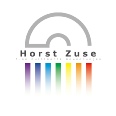


Z4
The Z4, the second general purpose computer, was almost completed in 1945. The Z4 was an customer order by the Henschel Aircraft company in 1942. However, it was not possible for Konrad Zuse to get the Z4 operative before his escape from Berlin to Hinterstein March 16, 1945.
At March 16, 1945, Konrad Zuse, his wife and some employees of his small company
Zuse-
The Z4 was reassembled in the years following 1945.
From July 11, 1950, this configuration was used for five years at the Institute of Applied Mathematics at ETH Zurich. In 1950, the Z4 was the only operational computer in Europe.
In 1955, the Z4 was transferred to the Institut Franco-
Z4 -
The Z4 had a Planfertigungsgerät. It was a unit in order to produce punch tapes as a program with instructions for the Z4 in a very easy way. For this reason it was possible to learn the programming of the Z4 in at least three hours. The Planfertigungsgerät already was a part of the Z4 in 1945.
It was possible to use symbolic memory cells, instructions and symbolic arithmetic operations for the creation of a program. It also was possible to copy programs and to make corrections.
Performance of the Z4
From 1950-
Instruction Set of the Z4
The Z4 had a large instruction set in order to calculate complicated scientific programs. The instruction set of the Z4 was formulated in 1942. The Z4 had a performance of 1000 instructions per hour.
* Instruction A n: For example A 17. It reads the contents of memory cell 17 into Register R1. If Register R1 is occupied, the contents is loaded into Register R2.
* Instruction S n: For example S 18. It writes the contents of Registers R1 into the memory cell 18.
* As arguments for the arithmetic operations the Registers R1 and R2 were used. For monadic operations the Register R1 is used and the result occurs in Register R1, too. For dyadic operations both Registers R1 and R2 are used and the result occurs in Register R1. The contents of Register R2 is deleted.
* Monadic operations are: + -
* Dyadic operations are: x^2 SQR(x) 1/x IxI sgn(x) x*½ x*2 x*(-
* Instructions for comparison (x=0, x>=0, IxI = infinity) are testing the number
in Register R1 and set Register R1 to +1 if the condition is fulfilled, if not, then
the contents of Register R1 is -
* The conditional branch SPR was a special requirement by the ETH. The instruction
SPR can be used after a test instruction. It skips the punch tape to the instruction
ST, if the contents of Register R1 is +1. If the contents of the register is -
* Instruction UP: The Z4 had two punch tape readers. In the original version up to 6 such readers were planned. The instruction UP switches from the main punch tape reader (A0) to the sub punch tape reader (At1). The instruction FIN causes a switch back to A0.
* Instructions for Output: -
* Instructions for Input: <-
Like the Z3, the Z4 has an arithmetic exception handling. If there are numbers outside
the range of 10^-
* Very big + very big = very big.
* Very big -
* 0/0 = undefined.
If an undefined value is combined with a number, the result is again undefined. Using this method it can be avoided, that the Z4 calculates wrong numbers when it is working without attendance. This was often the case at the ETH.
Goto the Z5 ...
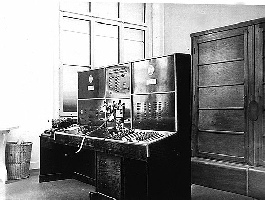
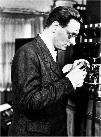
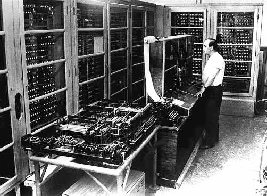
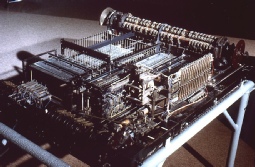
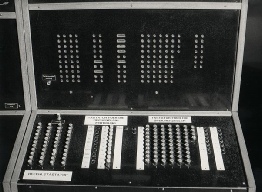
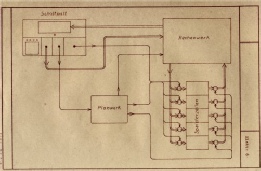
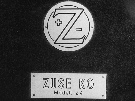

Stands on display in the Deutsche Museum München.
| Zuse-Apparatebau |
| Zuse 1936-1949 |
| Zuse KG (1949-1964) |
| Zuse KG - Computer |
| Z1 |
| Z1- Metal Sheets |
| Z2 |
| Z3 |
| Z4 |
| S1 |
| Z5 |
| Z11 |
| Z22 |
| Z23 |
| Z31 |
| Z64 |
| Z25 |